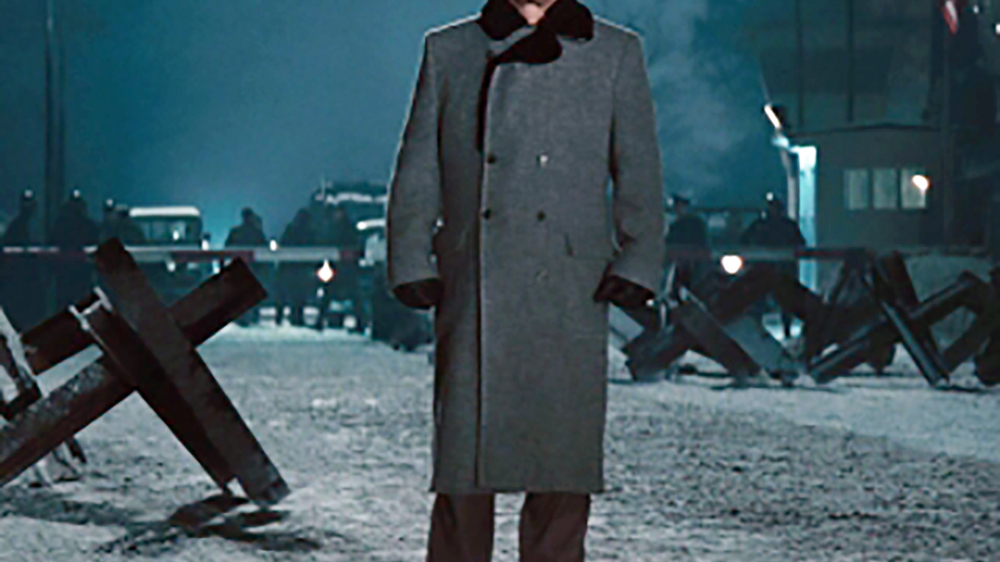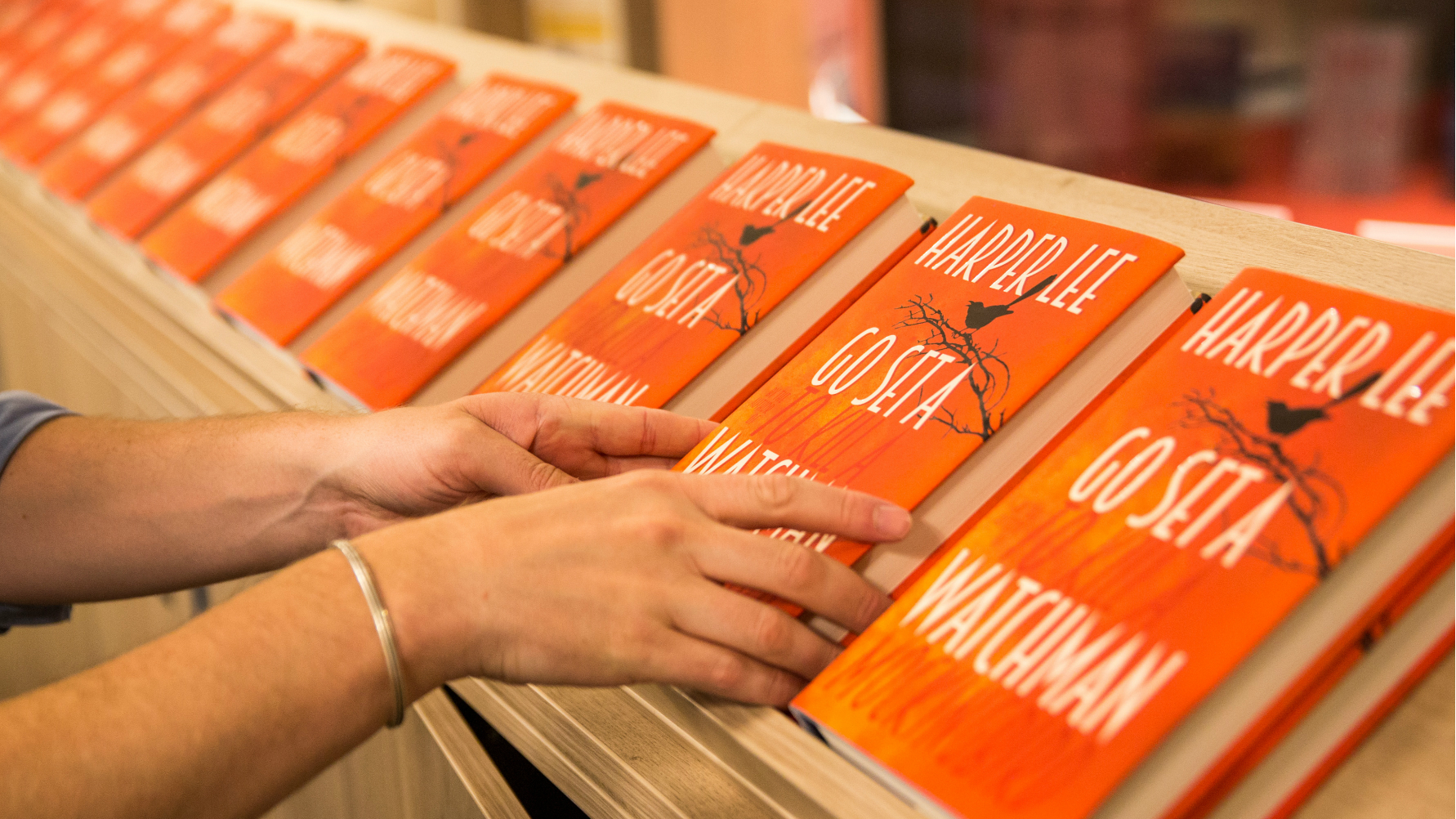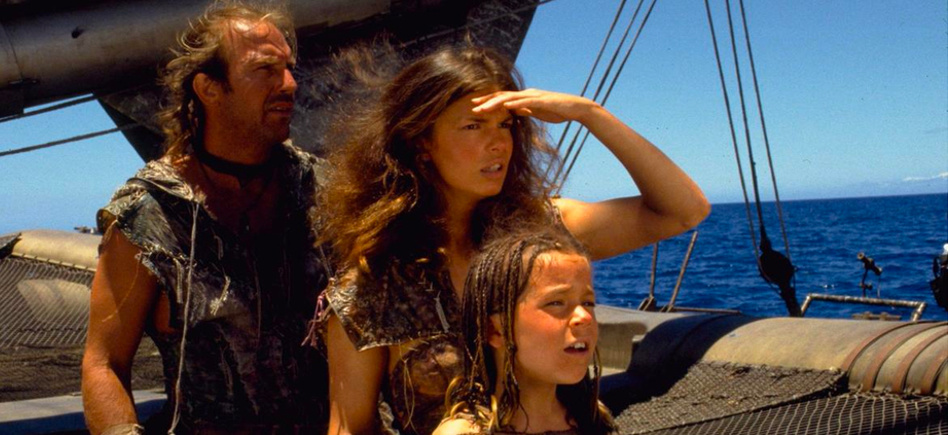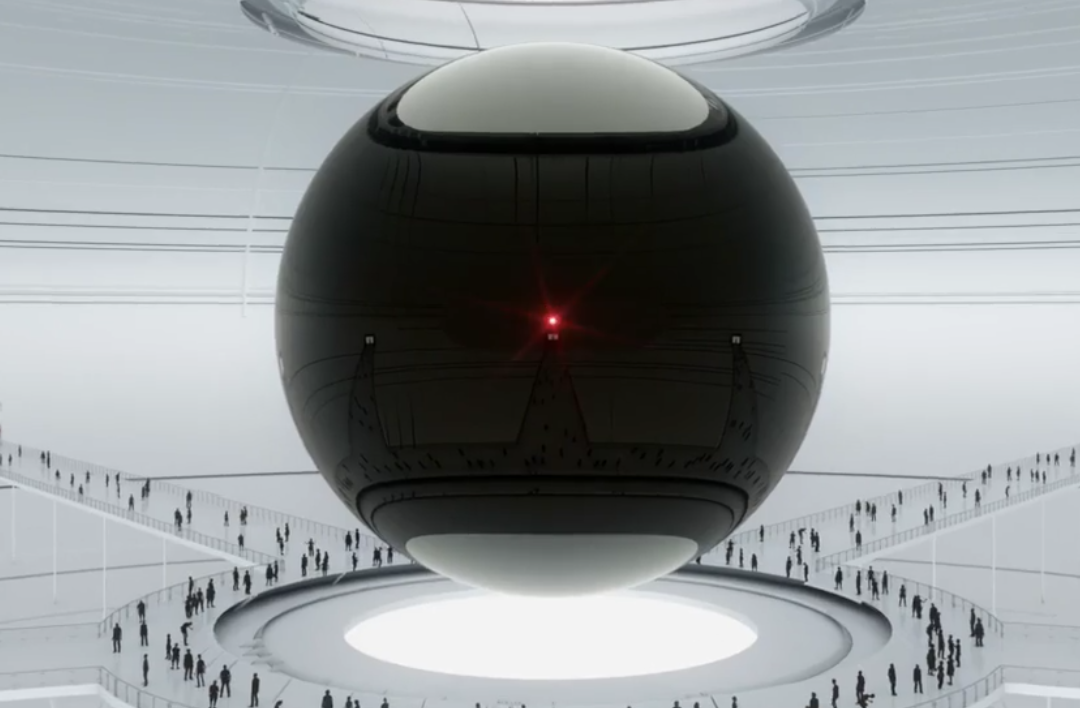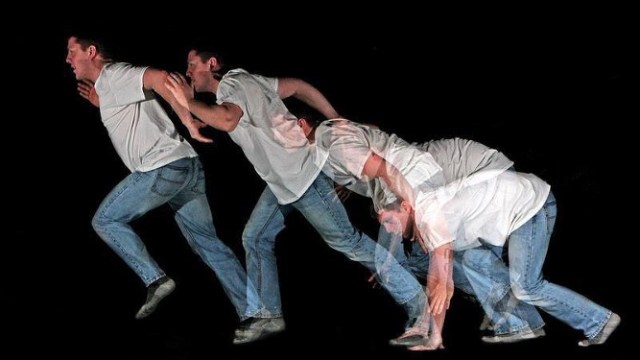13 films everyone should watch and why—as voted by you
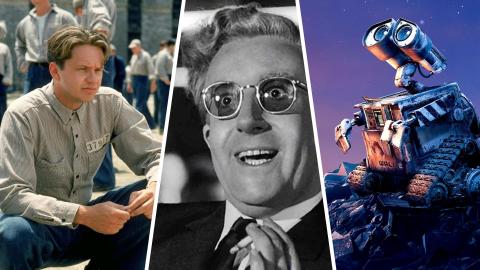
Credit: Columbia Pictures / Walt Disney Studios
- We asked Big Think’s readers and staff for their recommendations on films everyone should watch.
- A collection of fiction and nonfiction works from around the world, these movies will entertain and expand your horizons.
- The films cover various topics, explore numerous themes, and shed light on several controversial historical events.
Ever find yourself unsure of what movie to watch? Have you spent so much time looking at the options on a streaming service that you could have finished a film in the time it took you to pick one? It’s alright. We’ve all been there.
Thanks to a couple of posts on Facebook and Twitter, we’ve collected some of your top film suggestions and combined them with a few of our own picks to make a list of 13 films everyone should watch. They’ll make you laugh, cry, learn, and scratch your head in utter confusion.
Waking Life
This experimental animated film by Richard Linklater explores the life of an unnamed man and his interactions with a variety of people concerning the meaning of life, the nature of reality, and the structure of society. It features cameos and brief scenes with many actors, filmmakers, and philosophers, among others.
The film’s surreal and occasionally uncanny animated style was created via rotoscoping, the process of tracing over filmed footage, adding to the dreamlike atmosphere. While this style and the general lack of plot may put off some viewers, the film is highly regarded. Roger Ebert included it on his list of “Great Movies.”
Young Frankenstein
Mel Brooks’ masterful spoof of classic horror makes fun of the monster films, the phenomena of never-ending sequels to films that don’t need them, and cinema techniques from the 1930s.
The film follows Dr. Frankenstein (Gene Wilder), who has just inherited the estate of his infamous great-grandfather, the original Dr. Frankenstein, despite the younger having worked much of his life to distance himself from his family. Upon arriving in Transylvania, he is met by Igor (Marty Feldman), the great-grandson of the original; the young lab assistant Inga (Terri Garr); and the fearsome housekeeper Frau Blucher (Cloris Leachman).
Being a Frankenstein, he can’t help himself and ends up following in his grandfather’s footsteps, much to the local villagers’ irritation. The Creature (Peter Boyle) is a monster with a sensitive side and some tap dancing talent.
Note that this is a 50-year-old Mel Brooks’ movie, and not everything in it has aged gracefully.
Shawshank Redemption
Based on the novella by Stephen King, Frank Darabont’s film depicts life in the seemingly hopeless Shawshank State Penitentiary from the perspective of two men on the inside. At once a prison drama, an allegory for Christian Mysticism, and a character study, the film overcame a weak box office showing to become a hit in rentals and video sales.
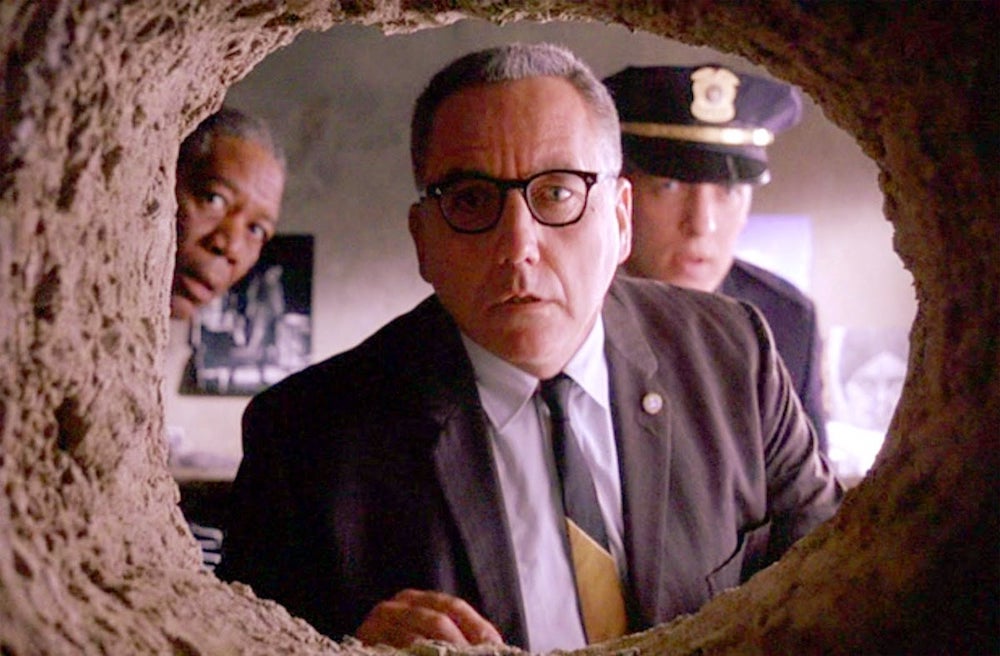
Andy Dufresne (Tim Robbins) is sentenced to multiple life terms for murder, despite his claims of innocence. In prison, he befriends smuggler Ellis “Red” Redding (Morgan Freeman), with whom he shares a dream of escaping to Mexico. Despite the brutality and corruption of the prison and its warden (Bob Gunton), Andy’s hopefulness, resourcefulness, and professional skills help him and those around him to endure.
The story is often praised for the relationship between Andy and Red, which is atypical in both the depth of the friendship it depicts and the fairly realistic conditions that spark it. The film is also brilliantly shot by legendary cinematographer Roger Deakins.
Cinema Paradiso
Giuseppe Tornatore’s brilliant movie about nostalgia, going home again, youth, cinema, and what it costs to be the best version of yourself centers around the projectionists at a small theater in Sicily and their mutual love of movies.
Salvatore Di Vita (Jacques Perrin), a famous Italian filmmaker, is told that his old hometown friend Alfredo (Philippe Noiret) has died. He remembers in flashback the circumstances of his youth that brought the two of them together. The film follows their friendship and mutual love of movies as Salvatore grows older and considers where his life will take him.
Dr. Strangelove or: How I Learned to Stop Worrying and Love the Bomb
Stanley Kubrick’s burning satire of Cold War thinking might be the greatest example of a satire ever put to film. While it is laugh-out-loud hilarious, it is also possible to take large parts of the film as a serious and terrifying depiction of what could go wrong with nuclear weapons when the wrong people are in charge of them.
Insane US General Jack Ripper (Sterling Hayden) exploits a loophole in the nuclear command structure to order a first strike on the USSR in retaliation for their evil plot to fluoridate water. President Muffley (Peter Sellers) and his advisors, including the childishly warmongering General Turgidson (George C. Scott) and “ex”-Nazi scientist Dr. Strangelove (Sellers again), frantically try to cancel the attack. During these attempts, The Russian Ambassador (Peter Bull) informs them of a Doomsday Machine that will destroy the world if the attack is not prevented.
Oh, and ignore the disclaimer at the start of the film. Everything that it depicts was entirely possible for decades, several of the characters are based on real people, and the Russians really did build a Doomsday Machine.
Sleep well tonight!
WALL-E
A Pixar film by Andrew Stanton, WALL-E is the story of a lonely robot that cleans up garbage. While that might not sound like the beginnings of an animated masterpiece, the film is a beautifully animated story of love, environmentalism, and humanity.
Centuries after an environmental disaster, WALL-E (Ben Burtt) is the last cleaning robot on Earth. His lonesome existence is interrupted by the arrival of a sentry bot named EVE (Elissa Knight). Their adventure takes them into the depths of space, where they encounter the descendants of the people who left Earth so long ago and a host of other robots.
While the film’s environmentalist and anti-consumerist messages are often the focus of most reviews, the gorgeous animation is also a key element of the picture. Operating with minimal dialogue, the expressions, movements, and physical interactions of the characters carry much of the story. This is done so well as to make the lack of dialogue almost unnoticeable.
Bicycle Thieves
Once deemed the “Greatest Film of All Time” and universally considered one of the most influential movies ever created, Bicycle Thieves (also known as The Bicycle Thief) is an Italian film by Vittorio De Sica noteworthy for its extreme realism.
Antonio Ricci (Lamberto Maggiorani), a poor man in post-war Italy, manages to buy a bicycle (which permits him to hold down a job) by selling his family’s possessions. On his first day at work, a thief steals the bike. Doomed without it, Antonio and his son Bruno (Enzo Staiola) pursue the man through increasingly destitute sections of Rome.
The film was made on a shoestring budget, filmed on location, and features non-actors in all the major roles. While most of these actors did not translate their roles into film careers, a young Sergio Leone appears in a bit part.
2001: A Space Odyssey
The second Kubrick movie on our list, 2001 was co-written by Kubrick and Arthur C. Clarke. Its story also features input from experts and scientists, including a young Carl Sagan. It explores ideas of extraterrestrial intelligence, machine sentience, emotion in a scientific world, and possible future evolutionary paths for humanity.
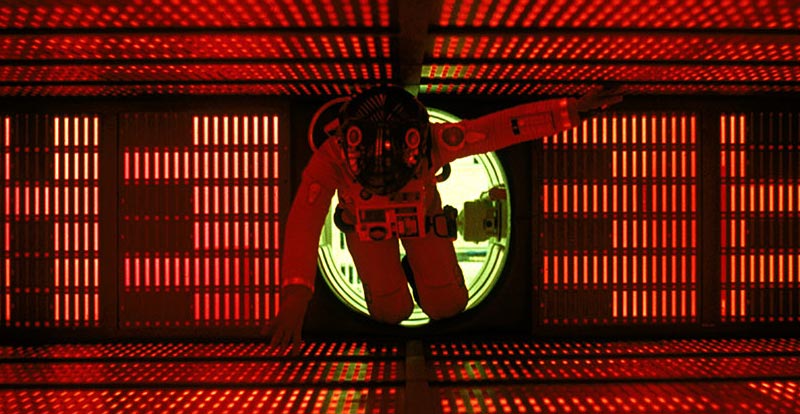
While the plot isn’t always easy to follow, the film traces the evolutionary history of humanity, from the rise of tool-making apes, to the discovery of evidence of extraterrestrial intelligence and the journey of a crew through space. Among them is humanity’s greatest creation, the HAL 9000 computer (Douglas Rain), who will protect the mission he serves at all costs.
The film has long stretches without dialogue and limited performances by most of its actors. It is also the greatest science fiction film ever made and the one to which all others are compared.
Schindler’s List
Steven Spielberg’s film depicts the story of Oscar Schindler, a German industrialist who saved the lives of thousands of Jews during the Holocaust.
Schindler (Liam Neeson), a member of the Nazi party, cashes in on military policies in occupied Poland. This allows him to make a fortune, which he uses to save his workers from the Holocaust. His accountant, Itzhak Stern (Ben Kingsley), desperately balances the needs of the Jewish workers and his German bosses’ greed while trying to keep everyone alive. Both of them interact with Amon Göth (Ralph Fiennes), the psychopathic commandant of the Kraków-Płaszów concentration camp, who often complains of the tedium of his work. All the while, the multitude of people working for Mr. Schindler try to do as best they can in unimaginable circumstances.
The film is a powerful reminder of the horrors of the mid-twentieth century, several of which are depicted in graphic detail.
Apocalypse Now
This is an adaption of the novella “Heart of Darkness” set in Vietnam and directed by Francis Ford Coppola. It blends elements of a war film, surrealism, psychological horror, film noir, and a bad acid trip into an epic that dives into questions of morality, sanity, and existential nihilism.
Captain Ben Willard (Martin Sheen) is given a mission to “terminate” the command of Colonel Kurtz (Marlon Brando) with “extreme prejudice” as the US army fears the Colonel has gone insane. As Willard travels upriver with the crew of a river patrol boat (which includes a 14-year old Laurence Fishburne), he sees the depravity of the Vietnam War on full display. Along the way, they encounter Colonel Kilgore (Robert Duvall) and his love for Wagner, endless battles fought for esoteric reasons, and a mad photojournalist (Dennis Hopper) who considers Kurtz to be a genius.
Three major cuts of the film exist. In addition to the original, there is Redux, which adds 50 minutes of deleted scenes that provide some extra explanation while smoothing out some transitions. The most recent version, The Final Cut, is director Coppola’s favorite and scales back some of these changes.
13th
Our first staff pick is a documentary by Ava DuVernay. 13th focuses on the 13th Amendment to the United States Constitution—which bans slavery while allowing involuntary servitude as punishment for a crime—and the horrors it has wrought.
The film dives into the post-slavery social and economic history of the United States, demonstrating a link between the second half of that amendment and the rise of Jim Crow and mass incarceration. The film features interviews with various intellectuals and political figures, including Van Jones, Newt Gingrich, and Henry Louis Gates Jr.
The Fog of War: Eleven Lessons from the Life of Robert S. McNamara
Our second staff pick is a documentary by Errol Morris on the life and worldview of former United States Secretary of Defense Robert McNamara. Often considered the architect of the Vietnam War, McNamara reflects on his philosophy of war and how it can be applied or misapplied in different parts of life and warfare.
The interviews in the film were shot using Morris’ interrotron device, which reflects the image of both the interviewer and the subject in a way that allows for the subject to face both the camera and an image of the person they are speaking to at the same time. The effect is that, unlike other interview formats, McNamara appears to be speaking directly to the viewer as he responds to Morris’ questions.
The parallels between McNamara’s era and today are striking, which makes for an excellent insight into current events.
The Battle of Chile: Parts I-III
Our final staff pick is a three-part, five-hour, Spanish language documentary by Patricio Guzmán on the rise and fall of the Chilean government under Allende.
Filming close to the action on Chile’s streets before and during the 1973 coup, the crew interview people from all walks of life as the left-wing government tries to guide Chile along the path to socialism through democratic means before being overthrown. The film also includes newsreel footage from Leonardo Henrichsen, a journalist who filmed his own murder.
The film has a clear bias in favor of Allende’s government. After the coup, one of the crew members even “disappeared” due to their left-wing politics. The worldview of the filmmakers is obvious and pervasive, but a dedicated watcher can see around it.
This article was originally published March 31, 2021. It was updated in February 2022.
